MIflyer
1st Lieutenant
A while back I think someone asked if any other aircraft used the positive thrust exhaust approach employed by the Mustang. I recalled an article that addressed that and today finally found it, along with a related article. Both are by J. Leland Atwood, former Chairman of North American Aviation. These appeared in the Friends Journal, a very nice "newsletter" that has grown into an interesting magazine sent out to supporters of the USAF Museum, almost 25 years ago and probably have not been seen before by very many people.
Attachments
-
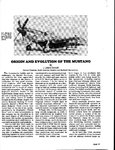 MustangAtwood-1.jpg647.1 KB · Views: 391
MustangAtwood-1.jpg647.1 KB · Views: 391 -
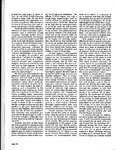 MustangAtwood-2.jpg680.8 KB · Views: 355
MustangAtwood-2.jpg680.8 KB · Views: 355 -
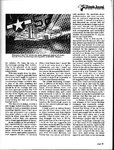 MustangAtwood-3.jpg714.9 KB · Views: 327
MustangAtwood-3.jpg714.9 KB · Views: 327 -
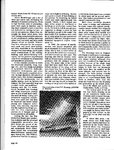 MustangAtwood-4.jpg726.3 KB · Views: 328
MustangAtwood-4.jpg726.3 KB · Views: 328 -
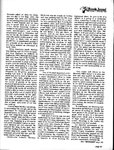 MustangAtwood-5.jpg708 KB · Views: 323
MustangAtwood-5.jpg708 KB · Views: 323 -
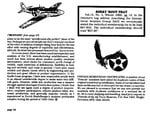 MustangAtwood-6.jpg573.9 KB · Views: 310
MustangAtwood-6.jpg573.9 KB · Views: 310 -
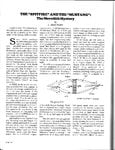 MustangAtwood-7.jpg528.1 KB · Views: 331
MustangAtwood-7.jpg528.1 KB · Views: 331 -
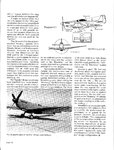 MustangAtwood-9.jpg769.2 KB · Views: 285
MustangAtwood-9.jpg769.2 KB · Views: 285 -
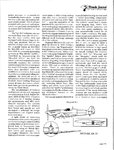 MustangAtwood-8.jpg753.4 KB · Views: 323
MustangAtwood-8.jpg753.4 KB · Views: 323
